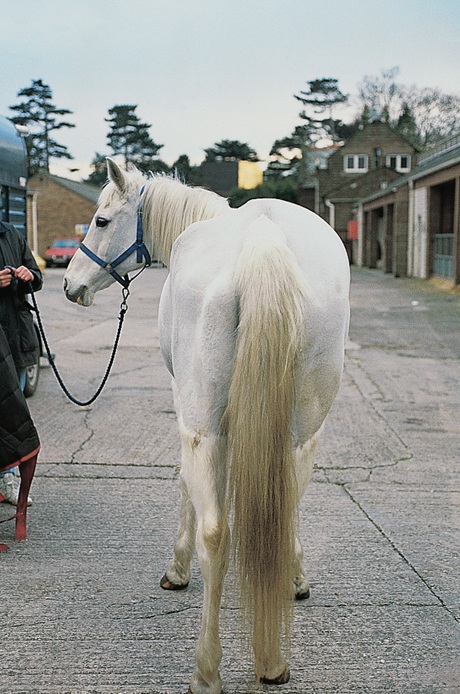Difference between revisions of "Equine Orthopaedics and Rheumatology Q&A 06"
Jump to navigation
Jump to search
| (One intermediate revision by one other user not shown) | |||
| Line 12: | Line 12: | ||
|q1=What abnormality is present? | |q1=What abnormality is present? | ||
|a1= There is marked atrophy of the gluteal muscles on the left hindlimb. | |a1= There is marked atrophy of the gluteal muscles on the left hindlimb. | ||
| − | |l1= | + | |l1=Equine Hindlimb - Anatomy & Physiology#Musculature |
|q2=What is the likely cause, and might it have been different if the animal had spent time in the USA. | |q2=What is the likely cause, and might it have been different if the animal had spent time in the USA. | ||
|a2= | |a2= | ||
Revision as of 16:16, 4 August 2011
| This question was provided by Manson Publishing as part of the OVAL Project. See more Equine Orthopaedic and Rheumatological questions |
A grey pony mare, born and bred in England, presented for a problem of the hindquarters. The pony was not particularly lame and had no history of lameness.
| Question | Answer | Article | |
| What abnormality is present? | There is marked atrophy of the gluteal muscles on the left hindlimb.
|
Link to Article | |
| What is the likely cause, and might it have been different if the animal had spent time in the USA. |
|
Link to Article | |
| What test is helpful in confirming this problem? | An ELISA has been developed to measure the increase in circulating antibodies to P2-myelin protein seen in cauda equina neuritis.
|
Link to Article | |
